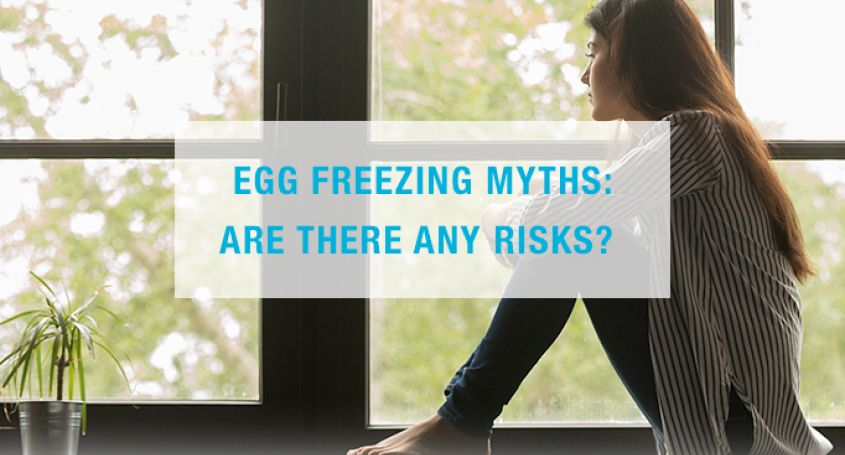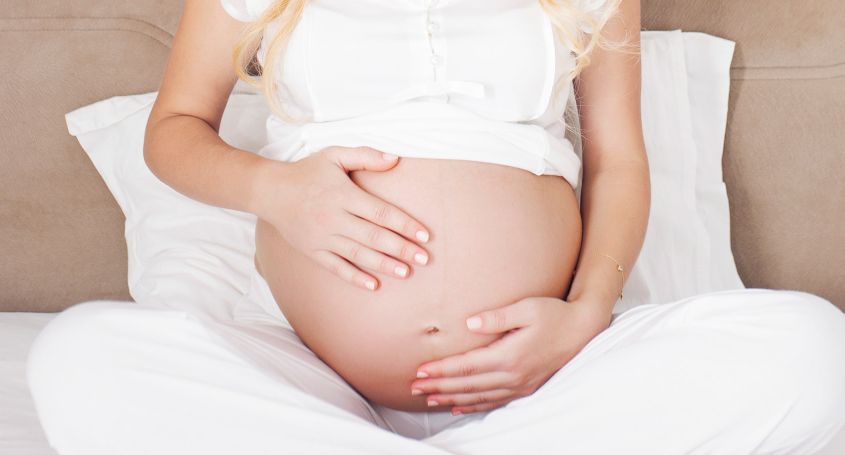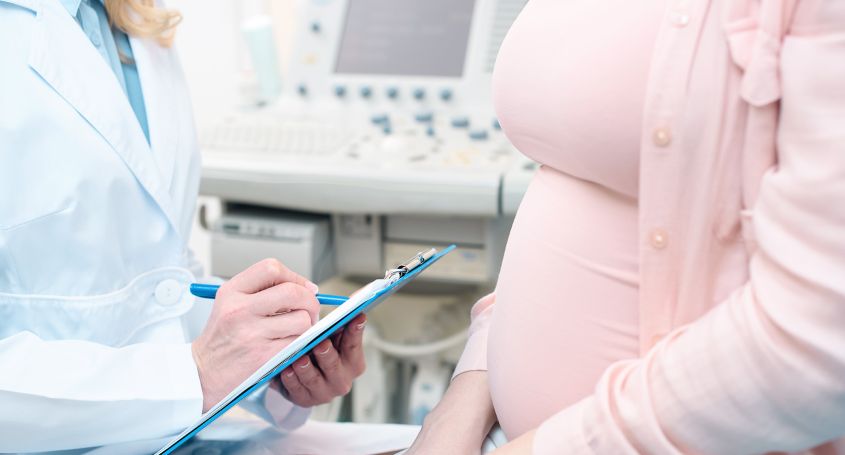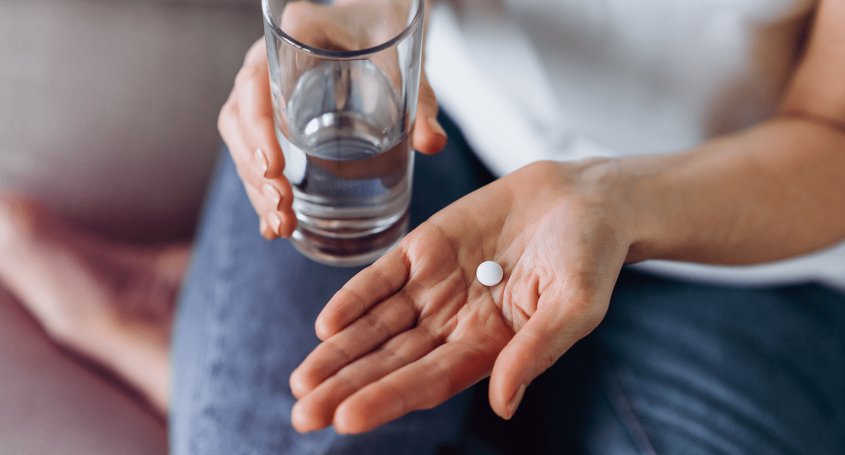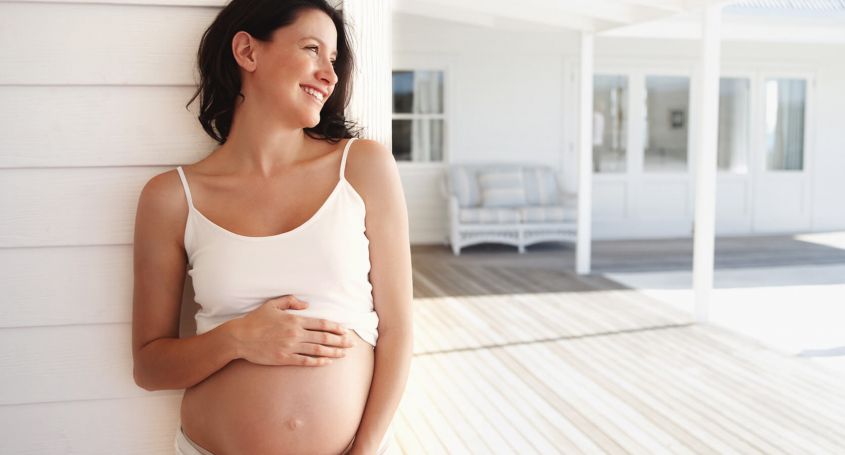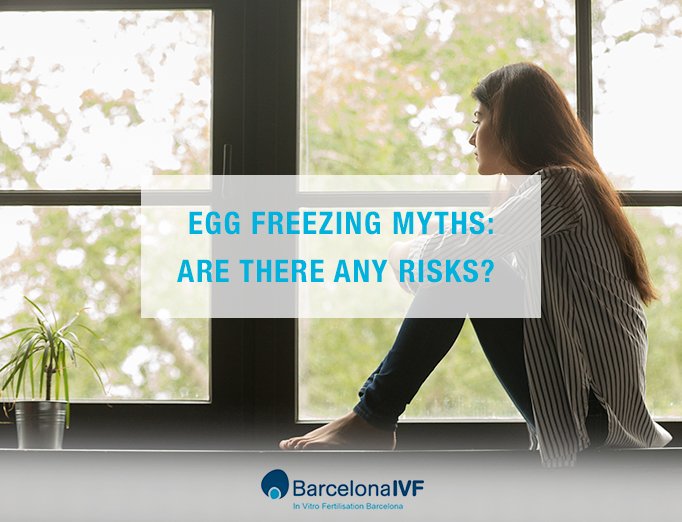
Fertility preservation is now possible with egg vitrification, a simple technique consisting in freezing oocytes which still have a good potential to produce a pregnancy. That way, whenever you chose to become a mother you are going to be able to use them and not have to worry about time constrains.
Even though it is an extremely safe treatment some doubts are still very widespread. One of the most common ones is to consider whether it takes a physical toll. The answer is a clear and strong no. That is why we are going to talk about the most common myths surrounding egg vitrification:
Vitrification affects and alters the egg
FALSE. Egg vitrification’s process allows to maintain the same exact characteristics the egg has in the moment it is frozen. 10 years ago freezing techniques used at the time caused damages to the cellular integrity as well as keeping the success rates of survival being really low. Far from that, at this point thanks to the fast freezing process we avoid crystallization in the cellule’s interior thus avoiding damaging their structure. Survival rate lies nowadays around 90 to 95% and we see no difference in success rates of implantation whether we use fresh or frozen eggs.
Vitrification has great number of long-lasting side effects
FALSE. As it is a treatment that requires only a short period of time in preparation and the procedure itself being a quick one there are no side effects. One can experience some discomfort during the ovarian stimulation, therefore medical support is needed to reduce them as much as possible.
Egg vitrifaction can cause pregnancy issues
FALSE. From the moment the embryo is implanted in the uterus, the pregnancy process is the same as any other pregnancy. Studies have shown no difference in the pregnancy or baby’s health when using frozen embryos. Scientific evidence provides encouraging and reassuring proof.
Babies born through a pregnancy achieved using vitrified eggs can have health problems
FALSE. Children born after a fertilization in vitro using vitrified eggs experience the same development as any other pregnancy. Scientific studies have shown over and over again that we can rule any health problem out when a baby is born linked to assisted reproduction.
Vitrification is only for women in their forties
FALSE. Oftentimes vitrification is believed to be for women in their forties who have not yet found a partner or who have not had time for motherhood and freeze their eggs because their ovarian reserve is lowering. Far from that, the treatment is indicated for young women aged between 20 and 36 years old, as at that age their eggs are of the best quality. That way, when the time arrives for these eggs to be fertilized, the success rates are going to be higher.
One cannot freeze their eggs if taking the pill or if using an IUD
FALSE. There is no indication against starting stimulation if the patient takes the pill or uses a IUD. It is by no means incompatible, important is to talk to your gynecologist if you use a hormonal IUD as that would have to be changed for the duration of the process.
Eggs are individually frozen
FALSE. Eggs are not retrieved and frozen individually but in groups. Normally, with every menstrual cycle bodies produce anywhere between 20 and 50 oocytes in preparation for ovulation. From those, one will often ovulate, the one that achieves the best maturity. In preparation for the vitrification the patient undergoes hormonal stimulation so that we can retrieve between 15 and 20 mature oocytes to freeze.
Stimulation of the ovarian reserve affects fertility
FALSE. Fertility levels are not affected by stimulation. What is intended with ovarian stimulation is to have as many mature oocytes as possible. Those oocytes, which are normally naturally discarded during the menstrual period, are activated in order for them to develop. This way, the ovarian reserve is not affected.
